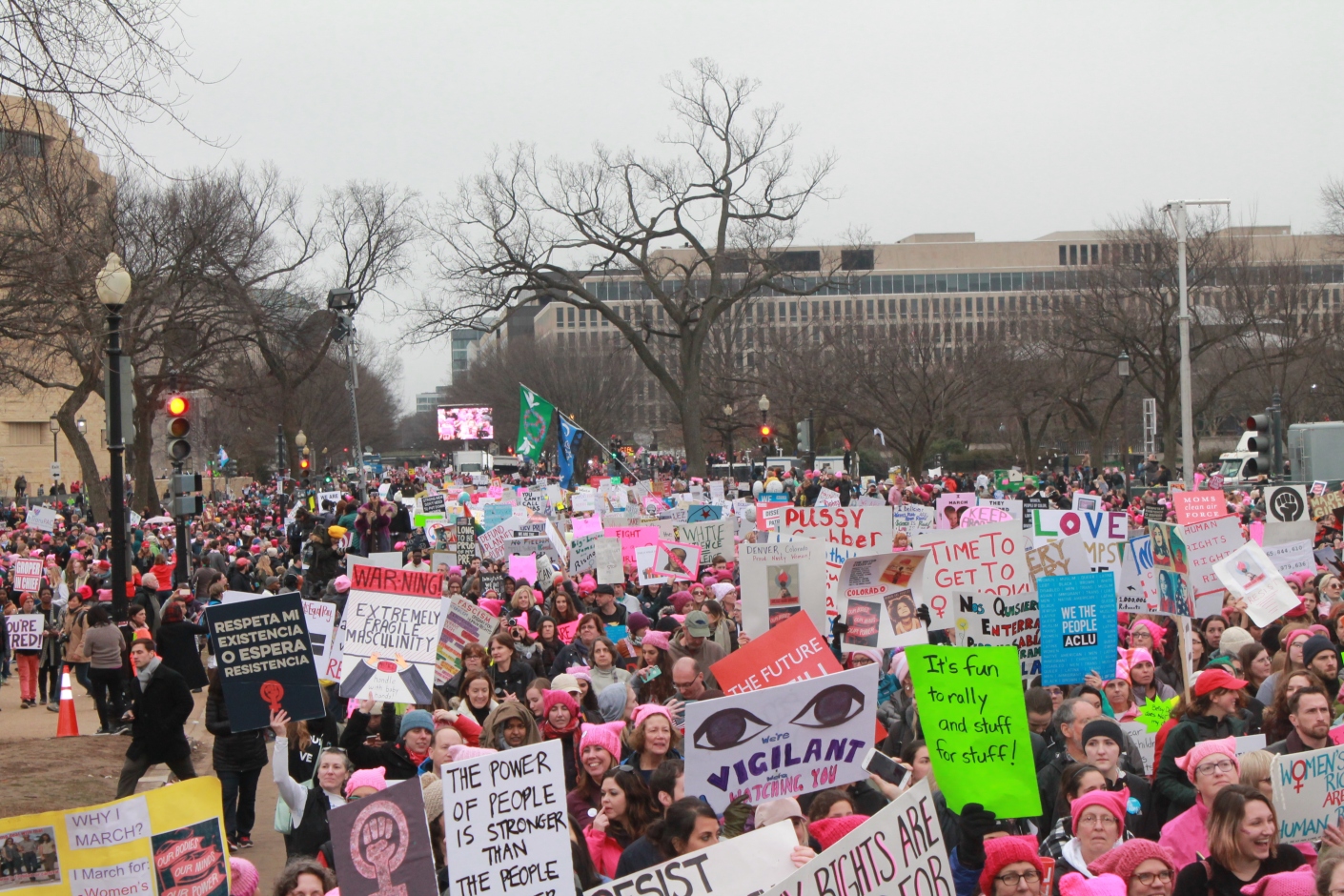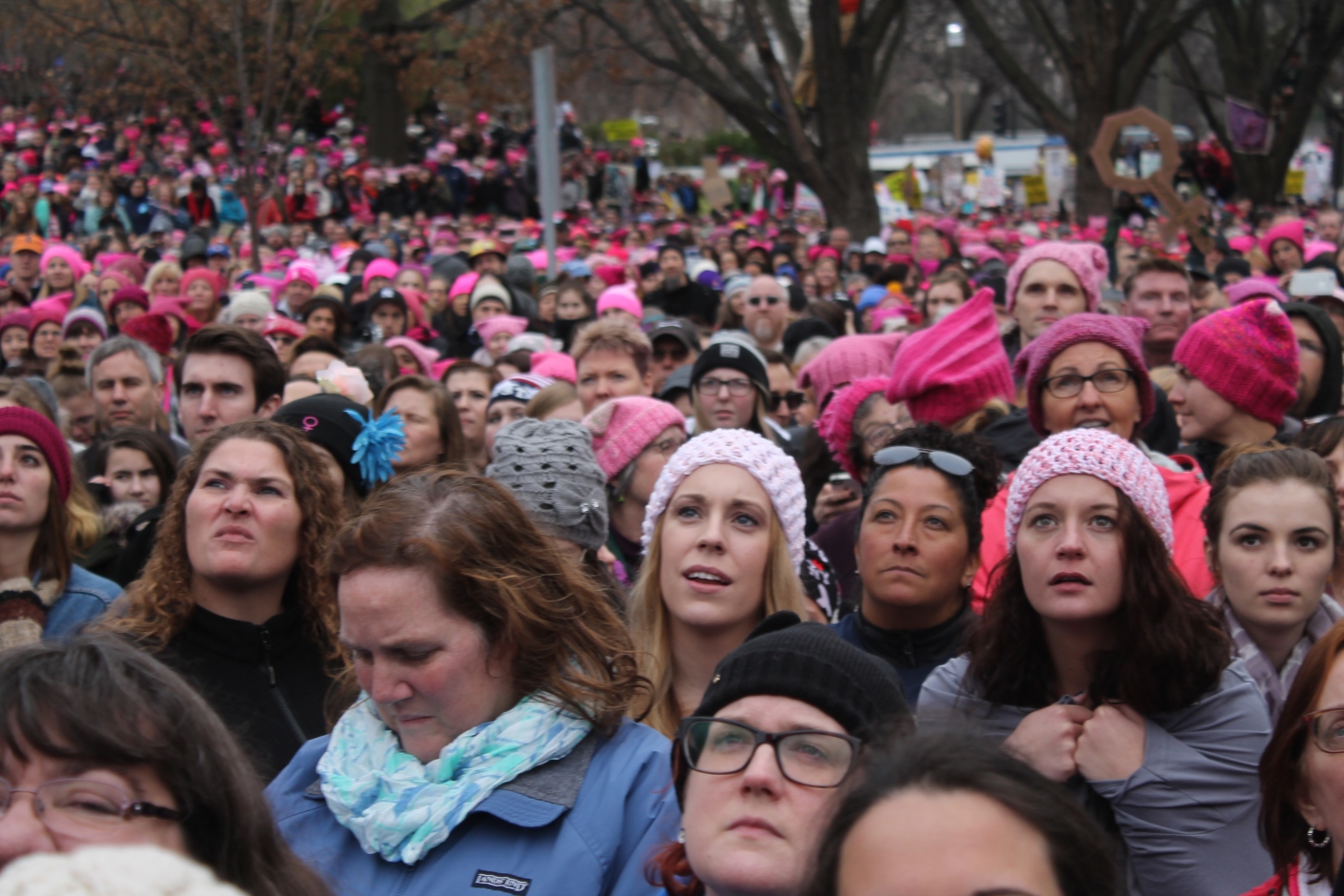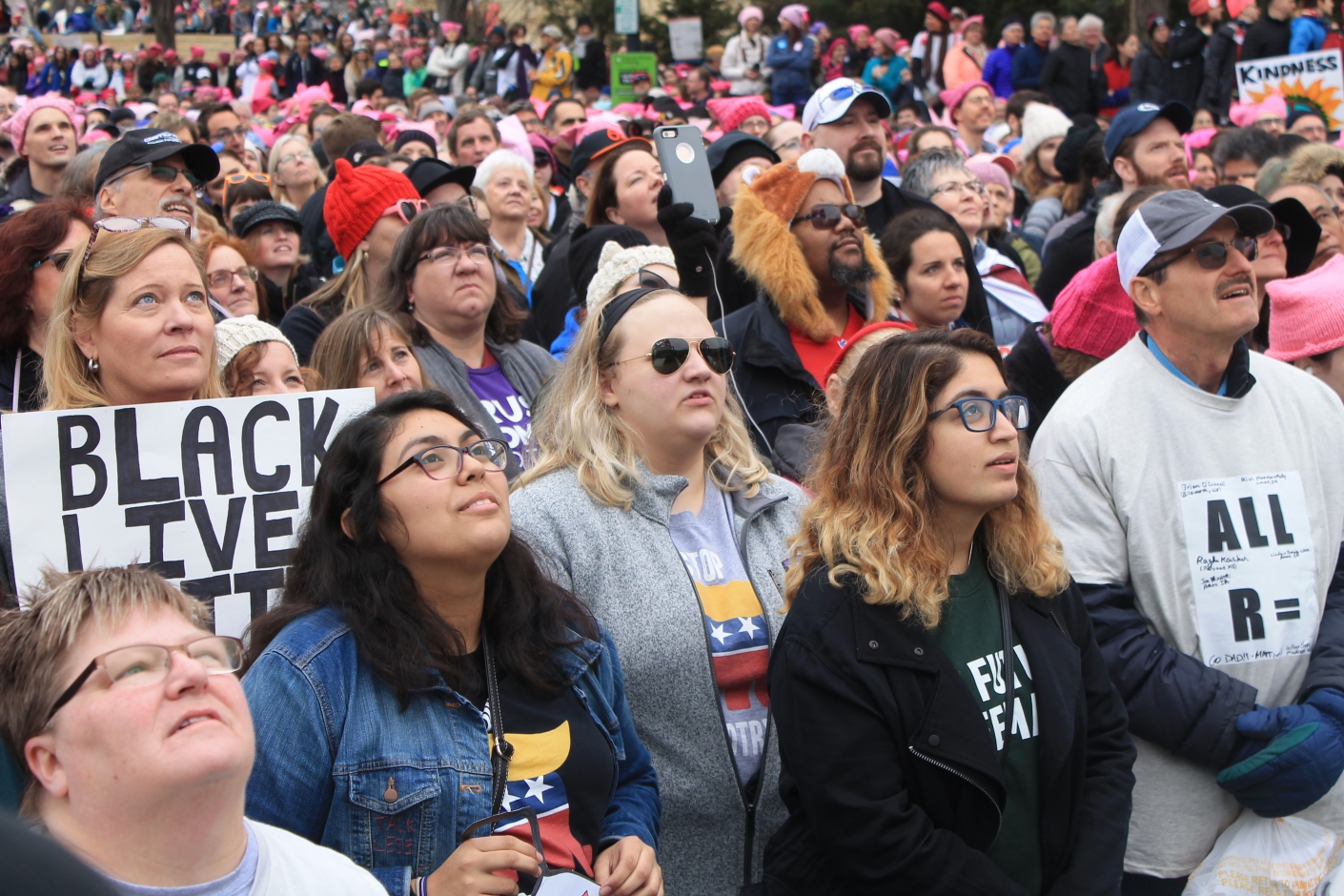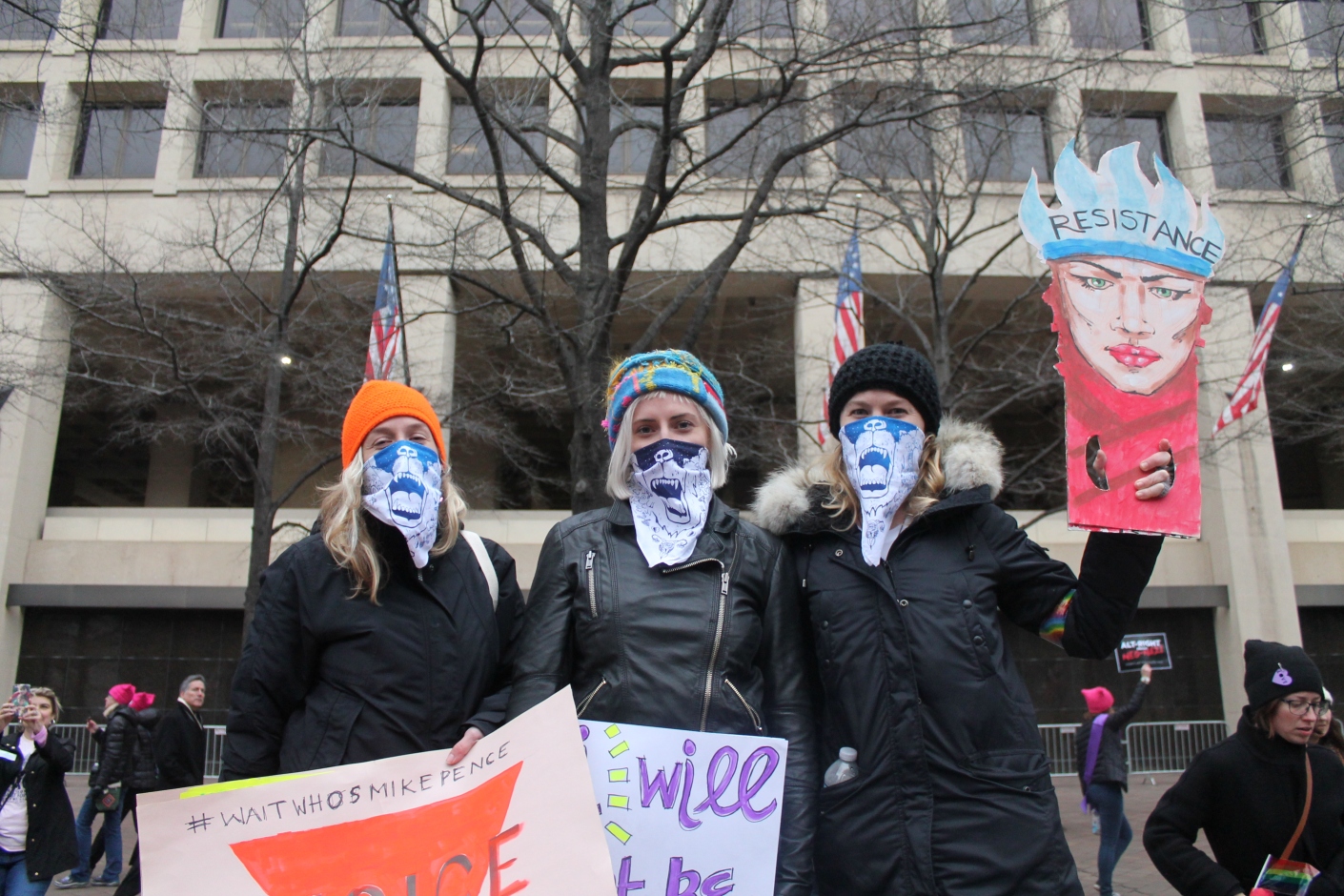By Clare McCullough
Wounded knee was the site the massacre of 150 Sioux, half of which were women and children. 1890 marked the end of organized American Indian resistance to white rule. (NYT). Although the United States prided itself on its new independence, with many “triumphant” stories of its creation. Truth was, we were colonizing an already inhabited continent with many different nations. The United States, with such high albeit hypocritical, its ideals were bound to catch up with itself, and with a flux of the cold war winds; the 1960s and 70s were a time characterized by protest and national unrest.
The sovereign rights of Native Americans as a colonized people have been seldom guaranteed. After being subject to the Trail of Tears and other events that resulted in the countless attempts to assimilate the remaining tribal reservations; Native people were granted U.S citizenship in 1924. The Wheeler-Howard Act (Indian New Deal) was passed during the Great Depression. It granted a greater deal of tribal autonomy and self-government, however as the war began the government reverted to its policy of assimilation. (Koltowski) Assimilation has been the precedent for Indian-American Relations since the beginning, but unlike African American civil rights groups in the late 20th century that was not the Native’s goal. Most Native American tribes wanted to keep the reservations and their tribal land even though they were getting assistance from the government.
Regardless, an effort was made by the government to depopulate reservations and assimilate Native Americans into the United States. One-way bus fare and a promise of assistance in finding work and housing in cities were promised to reservation Indians who participated in the Relocation program of 1952. By 1980 more than half lived in urban areas. (Langston)
The 1953 Termination Act (House concurrent Resolution 108) was passed, which promulgated under a Congress that saw Native Americans as wards of the state. They were not granted the freedom of movement, contrary to the traditional visitation from tribe to tribe. Tribes were divided into categories of immediate or eventual termination. (Langston) They would lose all privileges related to treaties with the federal government, meaning that their tribal lands would be open for sale. (Koltowski) The Paiute tribe of Utah were terminated in ’54 and were not restored until 1980. Tribes were refused permits for hospitals and schools” because it would make the reservation more tenable for living. (Langston) Reservations suffer not only the highest poverty rates but also the highest unemployment and disease rates.
The Native American civil rights group NCAI was founded in 1944 (Langston). They focused mostly on issues affecting Reservations and campaigned for American Indian suffrage in states that prohibited the Indian vote. (Langston) The NCAI worked toward the 1965 Indian Self-Determination and Education act, the 1968 Indian Civil Rights Act, the 1972 Indian Education Act, the 1975 Indian Education Assistance and Self-Determination act, the 1978 Indian Child Welfare Act, and the 1978 Religious Freedom Act.
Two mainstream thoughts emerged. Some wanted to free Indians from reservations and the BIA’s special benefits, while the other despised the BIA as a symbol of Anglo-wardship. (Koltowski) There were the rise of both civil rights groups and power groups. According to Langston, Civil rights groups like the NCAI are different than power groups because “civil rights groups most often focused on lobbying, education, and creating legal change.” But, “Power groups responded to the limits of civil rights groups with more radical rhetoric and actions.” The American Indian Movement or AIM was a red power group started with an inspiration from the Black Panther party. They both began as a force meant to protect against violence in their areas. (NYT) AIM, in the same vein, would wear red jackets to patrol the twin cities and monitor police harassment (Langston)
The American Indian Movement’s start in July 1968 was right after the passage of the Indian Civil Rights Act and the start of self-determination policies by LBJ. It was a crucial part of the Red Power Movement in the 60s and 70s. The group was co-founded by Mary Jane Wilson (Anishinabe) Clyde Bellecourt (Anishinabe) and Dennis Banks (Anisinabe) in Minneapolis. The mostly Anishinabe AIM had different goals than most other minority groups in America.
For the American Indian Movement, “self-determination meant using direct action to promote cultural awareness for all Indians, not new legislation to enhance tribal authority.” (Langston) AIM encouraged independence from white values and reeducation of the tribe of its traditional culture, not integration. Nixon was quoted in 1960s after disavowing the termination policy, “the overriding aim, as I see it, should not be to separate the Indians from the richness of their past or force them into some preconceived mold of human behavior.” (Koltowski)
The Bureau of Indian Affairs was no friend to the Native American according to AIM. They participated in the 1972 “Trail of Broken Treaties” which was a caravan of eight groups of Native Americans to Washington to present a list of twenty grievances. Madonna Gilbert/Thunderhawk and Russel Means “collected documents from BIA files and left the occupation with 1.5 tons of documents that would reveal wide-spread practice of sterilization abuse among others.” (Langston) But after a week of protesting for housing, review of treaties, religious freedom, restoration of Indian lands, and increased funds for education and health care, they were paid 66,000 dollars for transport back home. (Koltowski) But before this civil disobedience, there were many other attempts at gaining attention from the mainstream media to bring Indigenous rights to the forefront of conversation.
Alcatraz has long been a symbol of impenetrability. It’s a small island in San Francisco Bay California. It came under US control in 1850 and was soon turned into a prison and housed the most notorious criminals. (Columbia) From 1969 to 1971 AIM along with other Indigenous groups occupied the island. At the end of the occupation, Federal marshals removed the 15 people who were left from the more than 100 people who had made their temporary home on the island. (Kotlowski) It became a national recreation area a year later. (Columbia)
Alcatraz galvanized Indian pride and consciousness and heralded a new era in American Indian activism. Nov 1969-june 1971. Belca Cottier (1964) was the first occupation of four hours. Group offered 47 cents an acre for the total of 9.40 for the island and drove claim stakes into the ground to mimic Lewis and Clark. Fort Laramie Treaty ((http://digital.library.okstate.edu/kappler/vol2/treaties/sio0594.htm) gave Indians the right to claim abandoned federal property, but it has proven to be an unsuccessful strategy in court. (Langston)
Alcatraz was success in that there was more attention brought to indigenous peoples in the United States. The currents of justice seemed to be flowing in the right direction. Tao Pueblo’s claim to Blue Lake in New Mexico was recognized and Alaskan Natives Claims Settlement Act of 1971 transferred 40 million acres and a billion dollars to Alaskan Aboriginals (Kotlowski) However, success stories after Alcatraz were wrought with conflicts.
In 1972, AIM responded to the murder of Raymond Yellow Thunder (Lakota) because murders and sexual assaults of Indians in border towns when committed by whites were seldom prosecuted. His family was unable to get tribal attorneys or the BIA to investigate his death. AIM demanded another autopsy which found that the cause of death was not exposure but a brain hemorrhage from being beaten to death (Langston) They were unsuccessful in giving the Yellow Thunder family closure along with another case brought to them by Sarah Bad Heart Bull (Lakota) when her son was fatally stabbed by a white man who was released with no charges. For this case 100 AIM members went to the courthouse in Custer, South Dakota. But as Bad Heart attempted to get past the crowd and into the courthouse police officers pushed her down the steps, using a nightstick on her throat. Seeing an elder mistreated in this manner incited a riot. Officers threw tear gas and the radical members of AIM set fire to the courthouse and the chamber of commerce. Dennis Banks and Russell Means were brought up on riot charges, though they were inside when the incident occurred. Bad heart got 3-5 year sentence and served 5 months. Her son’s murderer however got two-month probation and served no time.
“Let’s make our stand at Wounded Knee, because that place has meaning for us, because so many of our people were massacred there” Gladys Bisonette proclaimed, beginning The Second Battle at Wounded Knee.
South Dakota’s Pine Ridge Reservation had a murder rate 700 times that of Detroit. (Langston) The newly installed tribal chair Dick Wilson was seen as corrupt because of an action that allowed him to unilaterally sign away a large, mineral-rich tract of reservation land in exchange for being allowed to set up a feudal barony (Anonymous) The existing government of Pine Ridge was disliked by AIM since its laws were promulgated under the Indian Reorganization Act of 1934. (Koltlowski) The tribal government motioned for an impeachment, however the BIA put Wilson in charge of his own impeachment. (Anynoymous)
Wilson had a police force which was named Guardians of the Oglala Nation (GOONs). (Anonymous) A notably corrupt organization, Half of BIA police moonlighted as GOONs and banned AIM activities. The atmosphere prior to the 71-day siege reflected the commonly committed arsons, beatings, and murders. AIM leaders were backed by traditional Sioux leaders such as Gladys Bissonette. (Kotlowski) Federal forces were used without required presidential proclamation and executive order. Of the 350 occupiers, less than 100 were men. During the occupation of wounded knee, Special Operations group of US marshals were posted on the reservation to support Wilson. (Anonymous) Nearly every AIM member was arrested after wounded knee and 185 Federal indictments were issued.
The siege of Wounded Knee ended on May 7th 1973 when federal officials agreed to conduct a full-scale investigation of the Wilson regime. (Anonymous) “Paul Chaat Smith, an American Indian writer and associate curator at the National Museum of the American Indian, ”when exhausted, hungry rebels signed an agreement that ended the Wounded Knee occupation. There were other actions and protests, but none came close to capturing the imagination of the Indian world or challenging American power.” (New York Times)
As a Result of the Wounded knee demonstration, Violations of the Fort Laramie Treaty were examined and AIM began the International Indian Treaty Council. (Anonymous) However, there were fatal consequences for their resistance. Between 1973-1976, over 350 AIM members suffered serious physical assaults on or near Pine Ridge, 69 of which were fatal. “The FBI declined to investigate the murders and assaults because it was short of manpower” (American Indian Movement siege of Wounded Knee. The last national officer, John Trudell, resigned in 1979 after his entire family was mysteriously murdered on the Duck Valley Reservation in Nevada.
Gladys Bissonette, an Oglala Lakota elder and one of the leaders of the violent turmoil, lost her son, Pedro Bissonette who was the president of the Oglala Sioux civil rights organization when BIA police engaged in a fatal encounter for him in 1973. Gladys’s daughter Jeanette Bissonette was shot dead on the way home from Pedro’s funeral. No indictments ever occurred against the GOONs. (Langston)
Since the swell of the Red power movement in the 70s, Pine Ridge and other reservations have not escaped the plagues of poverty and alcohol, where government neglect remains. (NYT) In the end, Legal battles have bankrupted the movement and the lack of unity in leadership allowed for certain weaknesses to be exploited. (Langston) Today civil rights such as sovereignty, hunting and fishing, and voting are still issues facing Native people today. Standing Rock has been an outstanding example of Indigenous resistance.
Works Cited
American Indian Women’s Activism in the 1960s and 1970s Author(s): Donna Hightower Langston Source: Hypatia, Vol. 18, No. 2, Indigenous Women in the Americas (Spring, 2003), pp. 114132 Published by: Wiley on behalf of Hypatia, Inc. Stable URL: http://www.jstor.org/stable/3811016 Accessed: 25-05-2017 18:51 UTC
“PRIMARY SOURCE: American Indian Movement Siege of Wounded Knee: A roadblock on the road to Wounded…” Government, Politics, and Protest: Essential Primary Sources, edited by K. Lee Lerner, et al., Gale, 2006. Biography in Context, link.galegroup.com/apps/doc/PC2687587104/BIC1?u=milw10296&xid=51c1513a. Accessed 19 May 2017.
“Alcatraz.” Columbia Electronic Encyclopedia, 6Th Edition, Mar. 2017, p. 1. EBSCOhost, 0-search.ebscohost.com.libus.csd.mu.edu/login.aspx?direct=true&db=a9h&AN=39042914&site=ehost-live.
Kotlowski, Dean J. “Alcatraz, Wounded Knee, and Beyond: The Nixon and Ford Administrations Respond to Native American Protest.” Pacific Historical Review, vol. 72, no. 2, May 2003, p. 201. EBSCOhost, 0-search.ebscoh ost.com.libus.csd.mu.edu/login.aspx?direct=true&db=a9h&AN=9888060&site=ehost-live.
Anonymous. “American Indian Movement Siege of Wounded Knee.” Government, Politics, and Protest: Essential Primary Sources, edited by K. Lee Lerner, et al., Gale, 2006, pp. 276-278. Biography in Context, link.galegroup.com/apps/doc/CX2687500112/BIC1?u=milw10296&xid=66604b03. Accessed 18 May 2017.
“On Wounded Knee.” New York Times, 24 Oct. 2012, p. A24(L). Biography in Context, link.galegroup.com/apps/doc/A306150420/BIC1?u=milw10296&xid=0ff2d4f9. Accessed 18 May 2017.















